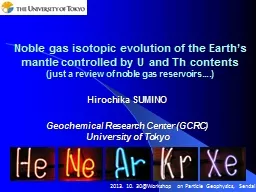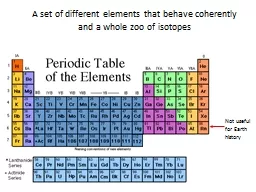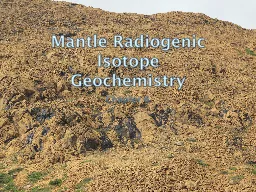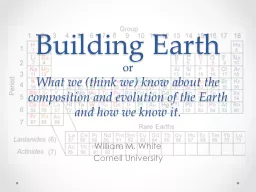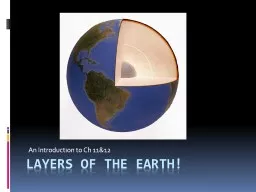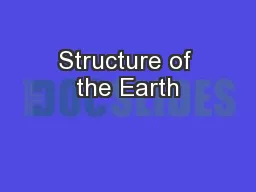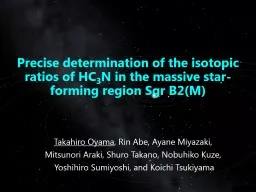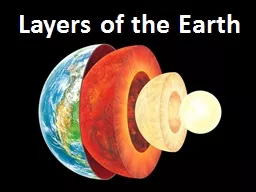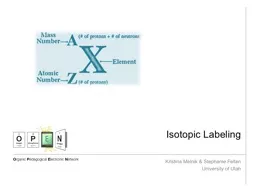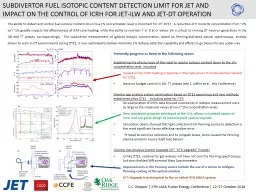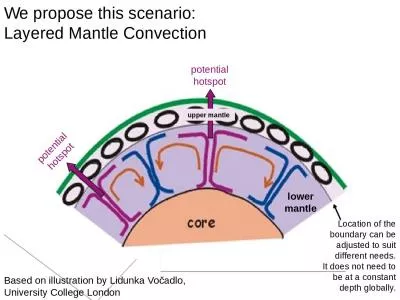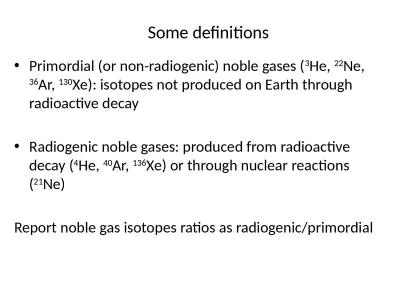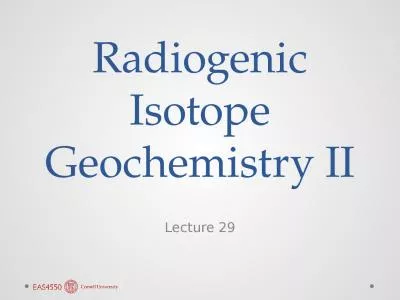PPT-Noble gas isotopic evolution of the Earth’s mantle contro
Author : natalia-silvester | Published Date : 2016-09-20
Th contents just a review of noble gas reservoirs 2013 10 30 Workshop on Particle Geophysics Sendai Hirochika SUMINO Geochemical Research Center GCRC University
Presentation Embed Code
Download Presentation
Download Presentation The PPT/PDF document "Noble gas isotopic evolution of the Eart..." is the property of its rightful owner. Permission is granted to download and print the materials on this website for personal, non-commercial use only, and to display it on your personal computer provided you do not modify the materials and that you retain all copyright notices contained in the materials. By downloading content from our website, you accept the terms of this agreement.
Noble gas isotopic evolution of the Earth’s mantle contro: Transcript
Download Rules Of Document
"Noble gas isotopic evolution of the Earth’s mantle contro"The content belongs to its owner. You may download and print it for personal use, without modification, and keep all copyright notices. By downloading, you agree to these terms.
Related Documents

